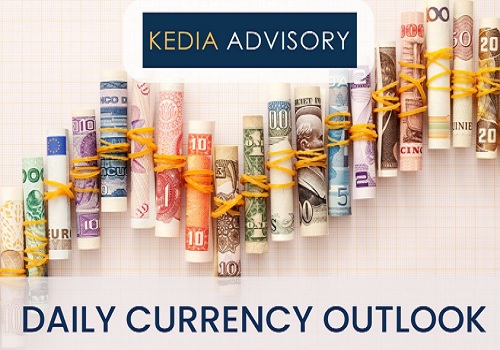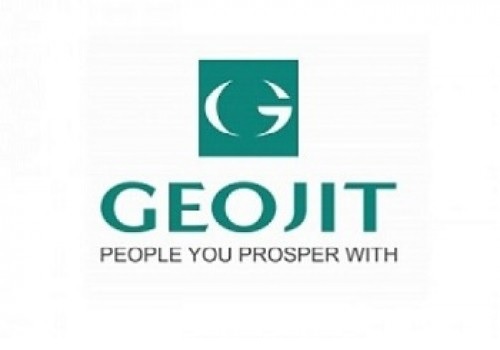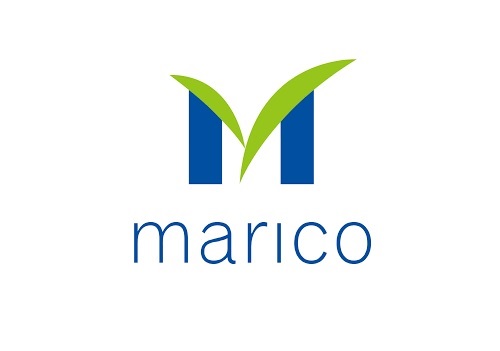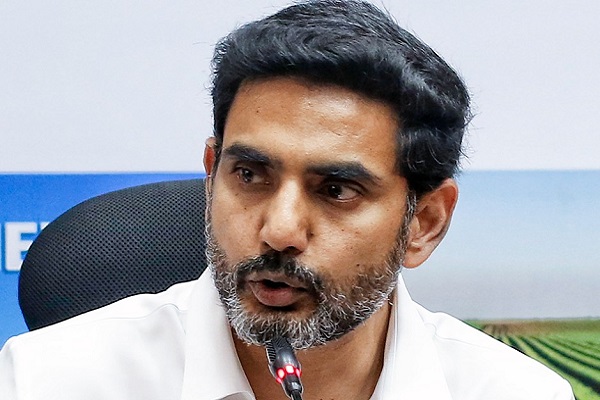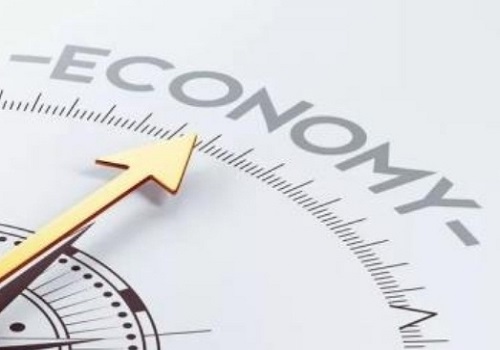Building Wealth with Multi-Currency Portfolios: A Smart Investment Strategy

In an increasingly globalized financial landscape, investors—especially high-net-worth individuals (HNWIs)—are turning to multi-currency portfolios as a strategic way to diversify risk, hedge against inflation, and capitalize on global economic opportunities. A well-structured multi-currency portfolio can protect wealth from currency devaluation, political instability, and economic downturns, making it a powerful wealth preservation tool.
Why Invest in a Multi-Currency Portfolio?
1. Diversification and Risk Mitigation
Holding assets in multiple currencies reduces dependence on a single country’s economy and monetary policy. If one currency depreciates, gains in another can offset potential losses.
2. Hedge Against Inflation & Currency Depreciation
Investing in strong currencies like the Swiss Franc (CHF), US Dollar (USD), or Singapore Dollar (SGD) helps protect against inflation and currency devaluation risks in emerging markets.
3. Access to Global Investment Opportunities
Multi-currency portfolios open doors to a wider range of assets, including international bonds, real estate, equities, and commodities, allowing investors to capitalize on global economic trends.
4. Improved Liquidity and Capital Mobility
Holding diverse currencies ensures greater flexibility in international transactions, travel, or cross-border investments, helping wealthy individuals maintain financial agility.
Components of a Multi-Currency Portfolio
1. Foreign Currency Deposits & Fixed Income Investments
Offshore bank accounts in stable currencies
Foreign currency fixed deposits & treasury bonds
Sovereign bonds from stable economies (e.g., Germany, Singapore, U.S.)
2. International Equities & ETFs
US-based stocks (USD), European markets (EUR, GBP), Asian equities (SGD, JPY, HKD)
Global ETFs tracking multiple economies
3. Real Estate & Alternative Assets
Property investments in strong currency regions (Switzerland, UAE, Singapore, UK, US)
Commodities like gold, silver, and rare collectibles
4. Cryptocurrency & Digital Assets
Bitcoin & stablecoins (USDT, USDC) as a hedge against currency volatility
Tokenized real estate and DeFi-based yield-generating investments
How to Build a Multi-Currency Portfolio
Assess Your Risk Tolerance & Investment Goals
Conservative investors may favor fixed-income assets & stable currencies
Aggressive investors may explore equities, digital assets & alternative investments
Choose a Mix of Strong & Emerging Currencies
Examples: USD, CHF, SGD for stability; INR, CNY, BRL for growth potential
Use Multi-Currency Banking Solutions
Open accounts in offshore banks offering multi-currency deposits
Utilize forex trading platforms for managing currency exposure
Regular Portfolio Rebalancing
Adjust currency weightings based on market conditions
Hedge risks using forex derivatives if needed
Conclusion
A well-diversified multi-currency portfolio enhances financial security, ensures wealth preservation, and maximizes global investment opportunities. By integrating foreign currency deposits, international equities, real estate, and alternative investments, HNWIs can future-proof their wealth against economic uncertainties and geopolitical shifts.
Final Tip: Work with financial advisors and wealth management firms specializing in international investments to optimize your multi-currency strategy.
